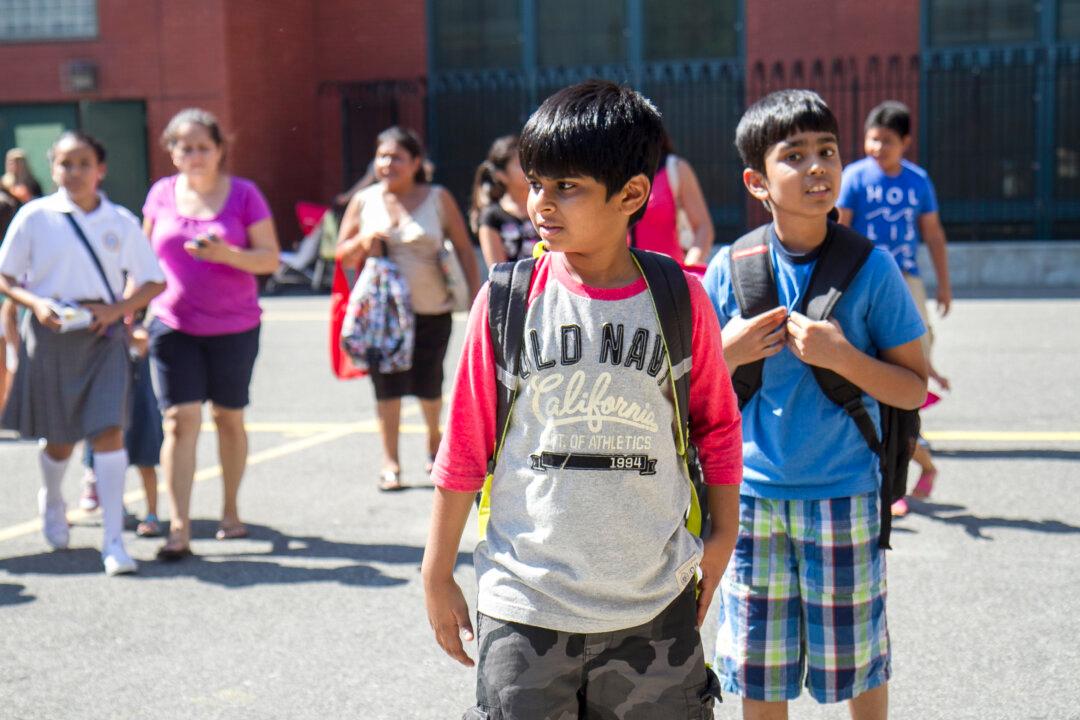The city will funnel $1 million in federal funds to expand dual-language programs for children that need to learn English, as well as children looking to learn a foreign language, Schools Chancellor Carmen Fariña announced Wednesday.
Fariña picked a worthy cause, experts agree, as there are over 140,000 children yet to learn English in city schools, and research shows dual-language programs can be very effective in helping students learn the language while still mastering the academics.
But it all comes down to how well the programs will be executed.
The ideal is a win-win-win situation for students.





